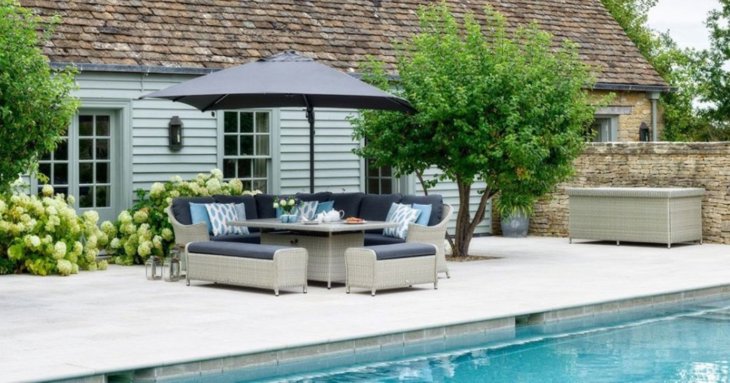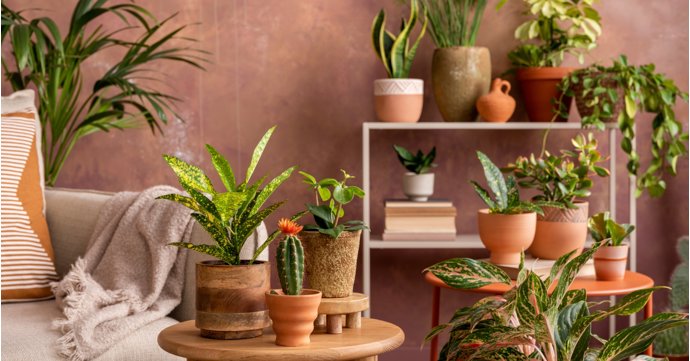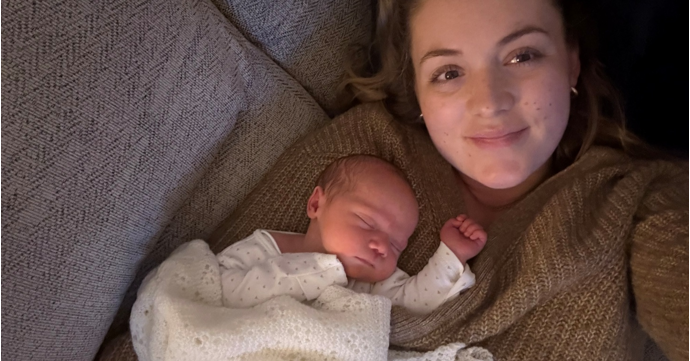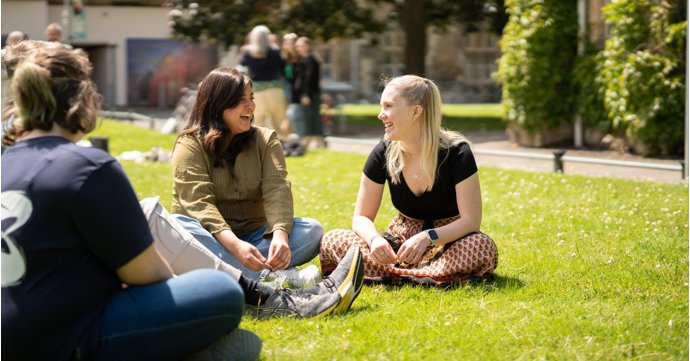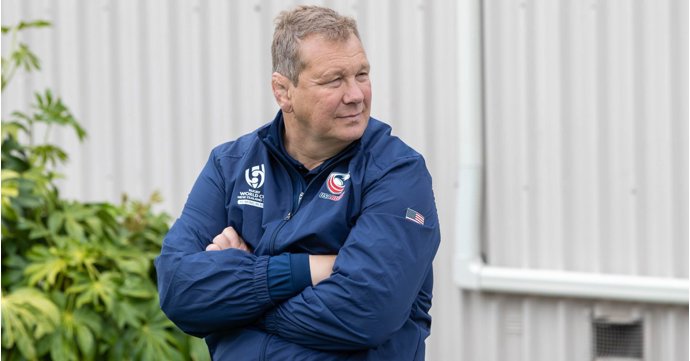With beautiful flora and fauna carpeting the county, spring is the perfect time to get outside and revitalise your garden for the warmer weather – and many plants and shrubs can help to attract and protect Gloucestershire’s native wildlife, too.
SoGlos caught up with Chris Burgess, general manager at Trioscape Garden Centre, to find out what green-fingered residents should be planting in their gardens to help local wildlife to thrive this spring…
About the expert – Chris Burgess, general manager at Trioscape Garden Centre
Chris Burgess is the general manager at Trioscape, an independent garden centre based in the heart of Gloucestershire. The gardening company in Newent was established over 30 years ago and rebuilt in 2011 to include a restaurant, coffee shop and giftware department – making it a one-stop shop for plants, flowers and horticultural accessories.
Trioscape’s expert team are growers of seasonal bedding plants and supply many garden centres across the county and beyond, trading under their ‘Growers Finest’ brand.
As spring gets closer, wildlife is re-emerging all across Gloucestershire. What plants, flowers and shrubs can people plant to help local wildlife recover from winter?
Shrubs and hedging make wonderful habitats for wildlife of all descriptions. A personal favourite of mine is Common dogwood, which provides wonderful winter colour, spring flowers for insect life, foliage to feed the green hairstreak butterfly, and purple-black autumn berries loved by birds and mammals.
Silver birch creates year-round interest with its stunning silver-white bark, while also playing host to over 200 insect species. Mature trees are also home to bracket fungi and woodpeckers, while its seeds are a valuable food source for small mammals and birds in the winter months.
Climbers not only look beautiful – they are incredibly useful for wildlife. Birds can nest in them; butterflies can hibernate in them; and bees can take shelter from the rain. What’s more, climbers are a fantastic option for creating coverage for fences and walkways. A few great examples are passionflower, jasmine, dog rose and wisteria.
Are there any particular wildlife populations in decline that we want to help recover in the county?
The wildlife once common in our gardens is under threat. Since 1900 the UK has lost 20 species of bee and a further 35 face extinction. Numbers of the house sparrow are falling dramatically, with a 60 per cent decline since the 1970s.
Why has the Cotswolds seen such a large decrease in wildflower meadows over past years?
Wildlife-rich wildflower meadows were once widespread throughout the Cotswolds, however, due to changing land management practices, this habitat has undergone a serious decline. Now only two per cent of the meadows that existed in the 1930s remain.
What native wildflowers grow in Gloucestershire currently, to keep an eye out for?
There are wild daffodils, or Narcissus pseudonarcissus, in my home town, the village of Dymock – also Kempley and Oxenhall close to the Herefordshire border. Wild daffodils carpet the meadows, orchards and woods in great profusion. This area is known at the Golden Triangle and is the reason why the wild daffodil is the county flower of Gloucestershire.
How do these plants help to protect our current and future wildlife?
Plants provide food and shelter to most wildlife. If you grow flowering plants, you will attract wild animals and insects, which can also help pollinate.
What kind of flowers and plants are available at Trioscape? Do you have any native wildflower species in stock?
We have a lot of trees and shrubs for wildlife, such as amelanchier, cotoneasters, crataegus, malus, sorbus, caryopteris and honeysuckle, to name but a few.
We do have a small selection of wildflowers in stock now – including bird’s foot trefoil, greater knapweed, musk mallow, oxeye daisy, salad burnet, wild primroses and cowslips – with much more to come when they become available from the growers.


